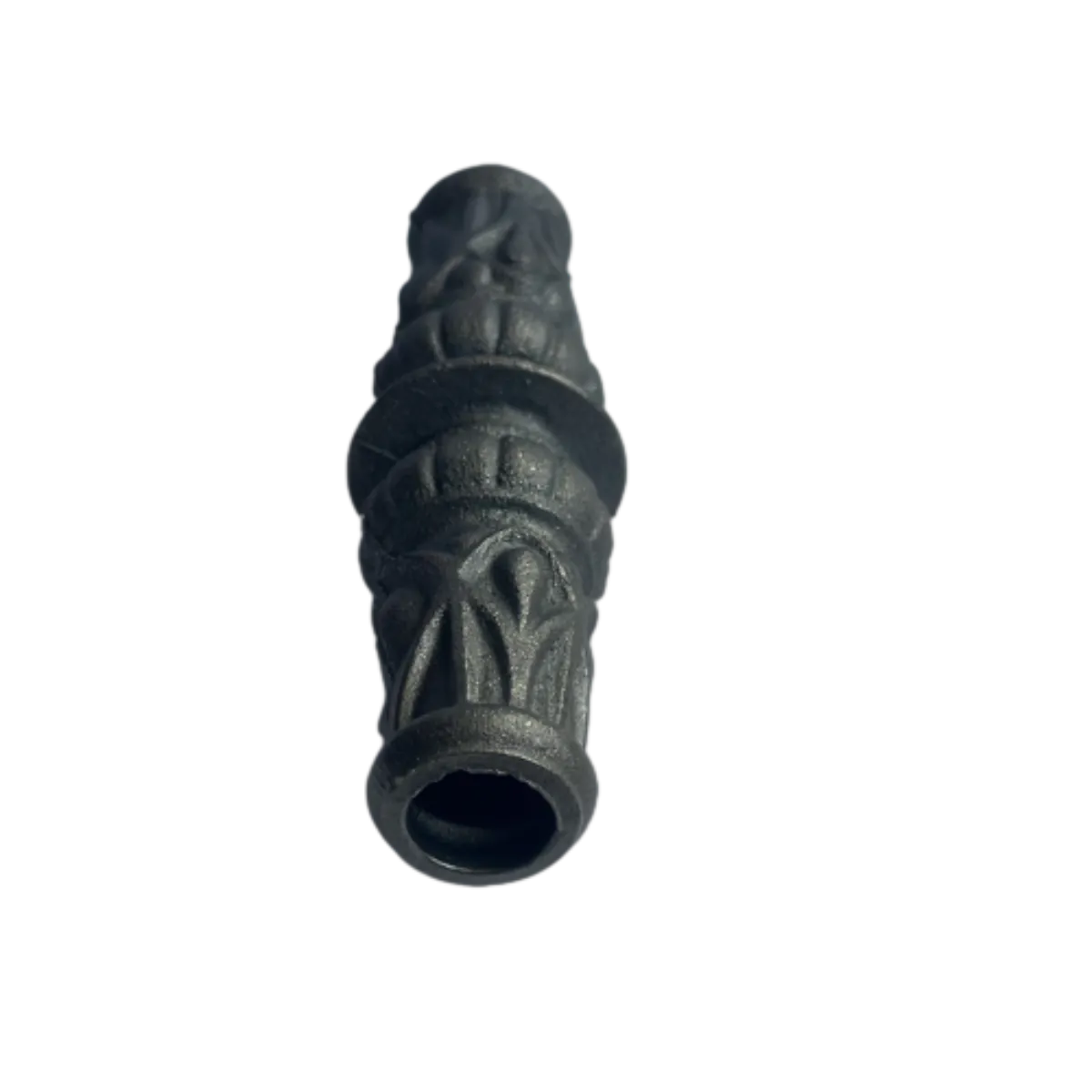Rust Formation and Prevention on Wrought Iron Surfaces in Various Environments
Rust on Wrought Iron Understanding and Prevention
Wrought iron, known for its malleability and tensile strength, has been used for centuries in various constructions, from decorative railings to structural supports. However, like many metals, wrought iron is susceptible to rust, a form of corrosion that occurs when iron reacts with moisture and oxygen in the environment. Understanding the causes of rust on wrought iron and taking preventative measures can significantly extend its life and maintain its aesthetic appeal.
Rust formation begins when surface oxidation occurs. In humid environments, water vapor condenses on the wrought iron surface, creating a conducive medium for electrochemical reactions to take place. Over time, this reaction leads to the formation of iron oxide, commonly known as rust. Unlike other forms of corrosion, rust can flake off, exposing underlying layers of iron and leading to further degradation.
To prevent rust on wrought iron, several strategies can be employed. One of the most effective methods is regular maintenance, which includes cleaning and applying protective coatings. Using a wire brush or sandpaper to remove existing rust and debris is crucial. After cleaning, applying a rust-inhibiting primer and a high-quality paint can create a barrier that protects the iron from moisture and environmental pollutants.
rust on wrought iron

Moreover, the choice of location can influence the longevity of wrought iron structures. Areas that are prone to continuous moisture, such as coastal regions or areas with heavy rainfall, require additional protective measures. In such cases, the use of galvanization, a process that involves coating the iron with zinc, can provide an extra layer of protection against rust.
In addition to physical protective measures, understanding the chemistry behind rust can inform better maintenance practices. For instance, applying a thin layer of oil can help displace water from the surface of the wrought iron, offering temporary protection against rust formation.
Lastly, it is essential to be proactive rather than reactive. Regular inspections and maintenance can catch rust issues early before they develop into larger problems. This not only helps maintain the functionality of wrought iron structures but also preserves their visual appeal, making them a lasting part of architectural beauty.
In conclusion, rust on wrought iron is a common concern, but with proper knowledge and preventive strategies, its detrimental effects can be minimized. By prioritizing maintenance and utilizing protective coatings, wrought iron can continue to serve its purpose while resisting the ravages of rust, ensuring both durability and aesthetic charm for years to come.
-
Wrought Iron Components: Timeless Elegance and Structural StrengthNewsJul.28,2025
-
Window Hardware Essentials: Rollers, Handles, and Locking SolutionsNewsJul.28,2025
-
Small Agricultural Processing Machines: Corn Threshers, Cassava Chippers, Grain Peelers & Chaff CuttersNewsJul.28,2025
-
Sliding Rollers: Smooth, Silent, and Built to LastNewsJul.28,2025
-
Cast Iron Stoves: Timeless Heating with Modern EfficiencyNewsJul.28,2025
-
Cast Iron Pipe and Fitting: Durable, Fire-Resistant Solutions for Plumbing and DrainageNewsJul.28,2025
-
 Wrought Iron Components: Timeless Elegance and Structural StrengthJul-28-2025Wrought Iron Components: Timeless Elegance and Structural Strength
Wrought Iron Components: Timeless Elegance and Structural StrengthJul-28-2025Wrought Iron Components: Timeless Elegance and Structural Strength -
 Window Hardware Essentials: Rollers, Handles, and Locking SolutionsJul-28-2025Window Hardware Essentials: Rollers, Handles, and Locking Solutions
Window Hardware Essentials: Rollers, Handles, and Locking SolutionsJul-28-2025Window Hardware Essentials: Rollers, Handles, and Locking Solutions -
 Small Agricultural Processing Machines: Corn Threshers, Cassava Chippers, Grain Peelers & Chaff CuttersJul-28-2025Small Agricultural Processing Machines: Corn Threshers, Cassava Chippers, Grain Peelers & Chaff Cutters
Small Agricultural Processing Machines: Corn Threshers, Cassava Chippers, Grain Peelers & Chaff CuttersJul-28-2025Small Agricultural Processing Machines: Corn Threshers, Cassava Chippers, Grain Peelers & Chaff Cutters












